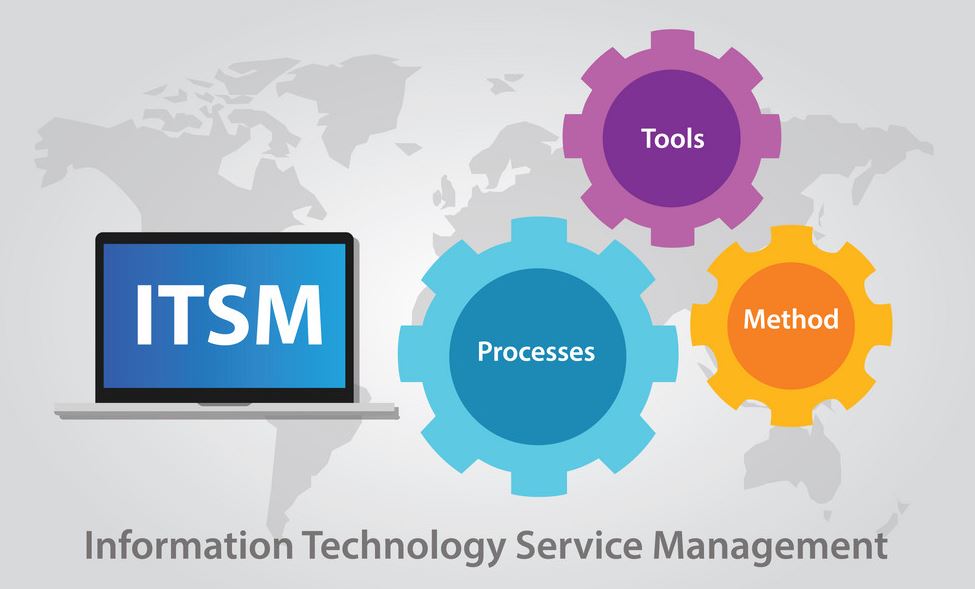IT Service Management: Best Practices For A Call Intensive Support Desk and Network Operations Center (2012)
IT Service Management Dissertation – Today, the effectiveness, reliability, and flexibility of IT services are the critical success factors behind business initiatives. Yet according to Gartner (2011), many IT organizations are not equipped to meet sophisticated and time-sensitive IT service demands. Evolved as cost structures and structured around functional or architectural component lines, nearly 70 percent of IT departments still function as tactical, reactive technology providers rather than as strategic service providers and business enablers.
Moreover, despite massive technology investments during the 1990s, many IT departments continue to use outdated organizational structures, management systems, processes, and tools that make it difficult to provide what businesses need most: high-quality solutions and support delivered in real time. Given the almost total dependence of business operations on information technology today, this lack of IT service readiness can have significant business consequences.
During the early mainframe computing years, business innovation was not necessarily dependent on information technology, but rather was driven by the long cycle times required to build a new infrastructure and produce traditional goods and services. As customers and industries evolved – in part due to new information technology advancements that allowed large-scale business process integration – traditional goods and services were replaced with information enabled services.
Organizations learned that new business models and the supporting IT infrastructure – must be flexible enough to allow growth. Without a flexible, reliable IT infrastructure, innovation was stifled, resulting in decreased revenue and lost market share.
As the pace of business continues to accelerate, enterprises must become adaptive in order to survive. As they grow ever more dependent on IT, IT organizations and the underlying infrastructures must be agile, flexible, and responsive.
- 14,000 words – 60 pages in length
- Good in depth analysis
- Well written throughout
- Ideal for IT and computing students
IT Service Management: Best Practices
ICICI OneSource Limited
Company Profile
Fact Sheet
Service Offerings
ICICI Group
Overview
Leadership Position
ICICI OneSource Organization Structure
IT Service Management (ITSM)
IT: Technology Provider Or Strategic Business Enabler?
Meeting Critical Business Needs
More Than A Budget Issue
Transforming IT Into A Service Provider
Making IT Transformation Real
ITSM: Enhancing IT Service Management For Business Success
A Brief History
Defining ITSM
Focusing On The Basics
ITIL And IT Service Management
ITIL Service Desk
The Importance Of Process In IT Transformation
The High Cost Of Process Problems
Characteristics Of Successful IT Processes
Process Reengineering And The People Factor
People And Process Management
The Importance Of People To IT Transformation
Skill And Attitude Transformation
Transformation Of Roles And Responsibilities
The Role Of The Process Owner
Barriers To Process Owner Success
Implementing New Roles In Service Provider Organizations
The Importance Of Technology To IT Transformation
Selecting Process Automation Tools
The Levels Of Enterprise ITSM
Stages Of IT Evolution
Stage One: Managing The Infrastructure
Stage Two: Managing The Services
Stage Three: Managing The Business Value Of IT
Phase I: Study And Evaluation Of Present Functioning And Resources Of Central Support Desk
Phase I Highlights
Key Deliverables
Limitations
Phase I Information
Central Support Desk Functioning
Central Support Desk Resources
Central Support Desk Agent Key Responsibilities And Activities
Phase I Observations
Central Support Desk Agent Activity Time (In Hours Per Week)
Positive Observations About Central Support Desk Agents
Negative Observations About Central Support Desk Agents
Phase I Achievements
Staffing Requirements In Central Support Desk
Recommendations To Improve Central Support Desk Operations
Phase II: Suggest Changes To Be Made In Customer Leverage Software For Central Support Desk
Phase II Highlights
Key Deliverables
Limitations
Phase II Information
Customer Leverage Software
Phase II Achievements
Suggested Changes In Customer Leverage Software
Phase III: Requirements Analysis For Synergy Between Central Support Desk And Network Operations Centre (NOC)
Phase III Highlights
Key Deliverables
Limitations
Phase III Information
NOC Objectives
NOC Monitored Devices And Parameters
Issues With Current Operational Setup
Phase Iii Achievements
Recommendations For Synergy Between Central Support Desk And Noc
Phase IV: Recommend An ITIL Compliant Incident Management Tool For Central Support Desk And Network Operations Centre (NOC)
Phase IV Highlights
Key Deliverables
Limitations
Phase IV Information
ITIL Service Desk
ITIL Compliant Tools
Phase IV Achievements
Requirements From Incident Management System
Review of Axios Assyst
Review of Peregrine Service Centre
Review of HP Openview Service Desk
Annex: Call Centre Traffic Modelling And Resource Allocation
Introduction
Traffic Models
Basic Definitions
Traffic Volume And Intensity
How Calls Arrive In A Call Centre
Erlang B Model
Erlang C Model
Call Centre Metrics
Call Load
Putting IT Together: Determining Resource Levels
Telephone Lines
Staffing
Non-Linearity
Number Of Queues
Limitations Of Erlang Models
Bibliography

